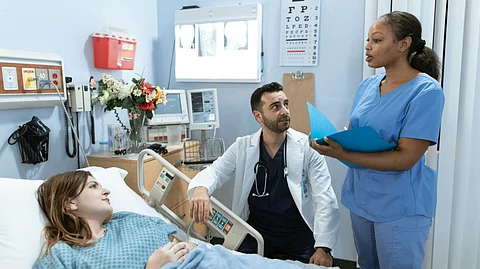There are many cases where evidence-based practice has improved care. One example is the use of low molecular weight heparin (LMWH) for blood clot prevention in surgical patients. Research showed it was more effective and safer than older methods. After hospitals switched to LMWH based on this evidence, they saw fewer complications.
Another case is early mobility in intensive care units (ICUs). Studies found that getting patients moving sooner helped reduce muscle loss and speed up recovery. Nurses who applied this evidence helped shorten hospital stays and reduce long-term weakness.
These examples show how even small changes, when backed by strong research, can lead to better care.
Evidence-based practice is more than a trend. It’s a shift in how nurses approach their work. By using research, experience, and patient input, nurses can make better decisions and improve outcomes. It also helps them grow in their roles, feel more confident, and stay current in a fast-changing field.
The move toward EBP takes effort. It needs support, education, and strong leadership. But the results are worth it—safer patients, stronger teams, and smarter care. Nurses who invest in their growth are well-positioned to lead this change. As EBP continues to spread, the entire healthcare system stands to benefit.
MBT pg


